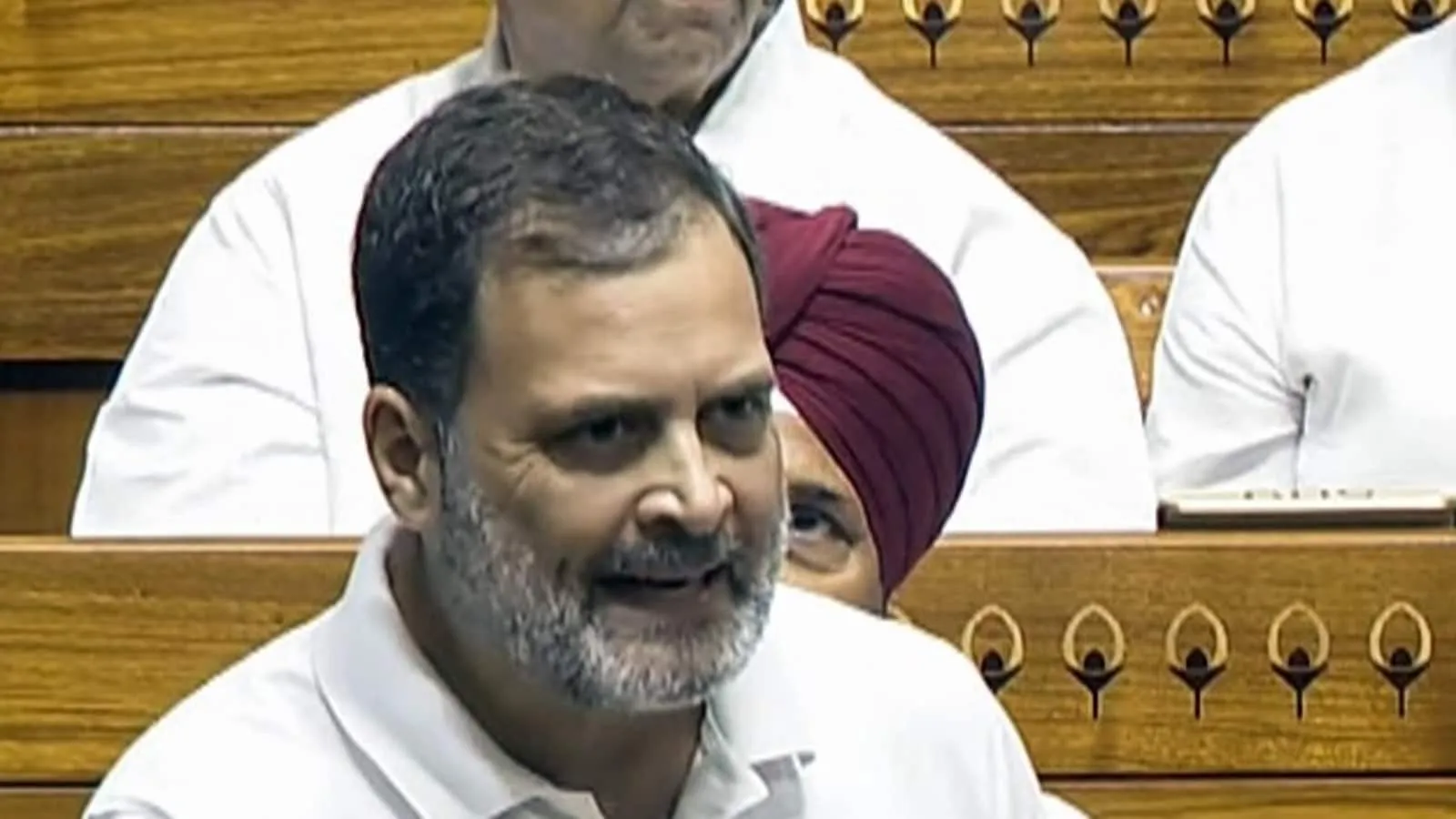The Chola Dynasty Revival: A Closer Look at Democracy
The Chola Dynasty’s resurgence in public discourse has reignited the debate on their significance in history. Scholars question whether the renewed interest in the Cholas is merely political or if it carries historical weight as well. Let’s delve into whether the Cholas truly deserve recognition as the pioneers of democracy in South Asia and Southeast Asia.
The Chola Empire: A Historical Overview
The Cholas ruled from 850 to 1280 AD over regions including South India, Sri Lanka, and coastal Southeast Asia. Under rulers like Raja Raja I and Rajendra I, the Chola Empire expanded its territory extensively. This era saw significant developments, such as the shifting of the supposed Ram Setu location and the establishment of Gangaikonda Cholapuram as the capital.
Despite their centralised bureaucratic and military state structure, the Cholas had a complex governance system with two classes of officials. The governance model, focusing on royal authority and noble pedigrees, centralized power among chosen kinships and elites.
Democratic Elements in Chola Governance
Local governance under the Cholas showcased participatory elements, with village assemblies and lottery-based committee selections. However, these structures functioned within the confines of centralised policies, indicating a balance between local autonomy and state influence.
Temple bodies also played a crucial role in the Chola economy, integrating religion with administrative functions. While promoting participatory governance, these ecclesiastical bodies reinforced hierarchical social structures under royal patronage.
Evolving Governance Systems
By the late tenth century, the Chola state’s agrarian and fiscal policies became intricate, with various land classifications and revenue systems in place. The enforcement of fiscal obligations through communal labour reflected a unique approach to taxation during that era.
While some historians question the Cholas’ democratic legacy in their later years, others highlight the significance of their governance models in shaping future institutions like India’s Panchayati Raj system. The nuanced analysis of Chola governance reveals a rich tapestry of microlocal governance practices in medieval India.
Preserving Historical Legacies
As discussions on the Chola Dynasty resurface, it prompts reflection on other ancient dynasties like the Pala Dynasty of Bengal. Just as the Cholas are gaining recognition, is it time to revisit the historical contributions of the Palas as well?
Author Arup K. Chatterjee’s insights offer a unique perspective on the Chola Dynasty’s democratic evolution, inviting readers to appreciate the legacy of these ancient rulers.
Disclaimer: These are the personal opinions of the author.
For more historical insights and updates, stay tuned for more articles.






